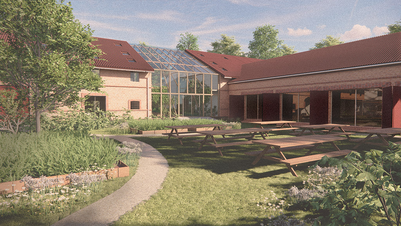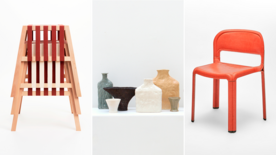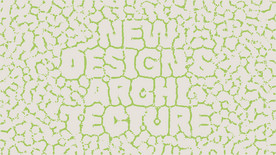
J. Juel Pinxit - An investigation of the painting technique in portraits by Jens Juel
The thesis focuses on the investigation of the painting technique in portraits by Jens Juel in the second half of the 18th century.
The investigation is based on literary art historical publications, technical art historic and conservation related publications, written sources, self-portraits, and eight selected paintings by the artist, from two different periods of time in his career. Questions has been asked, and answered, to what type of materials, working methods, and painting techniques the artist has used, whether an artistic development can be traced, and if the results correlate to what is known about the traditional painting techniques and materials of the time. Jens Juel is trained with apprentice years in a Masters studio, followed by a classic academic attendance. He has used plain weaved canvases, handspun and medium in structure. The canvases have been cut from pre-primed canvas, before it has been mounted on a stretcher and the painting executed. The grounds change from a dark reddish-brown color with similar structure, in the paintings from the early period, to the use of lighter grounds in the later period. Jens Juel has presumably used a painted sketch like the French esquisse, and on several paintings, pentimenti can be detected. Investigation of the carnation layers show a very simple layer structure, and the use of a wet-in-wet alla prima painting technique. A layered build up and the use of glazing seem more utilized in the drapery. Details have been applied in a precise manner and the highlights applied last and with a slight impasto.











